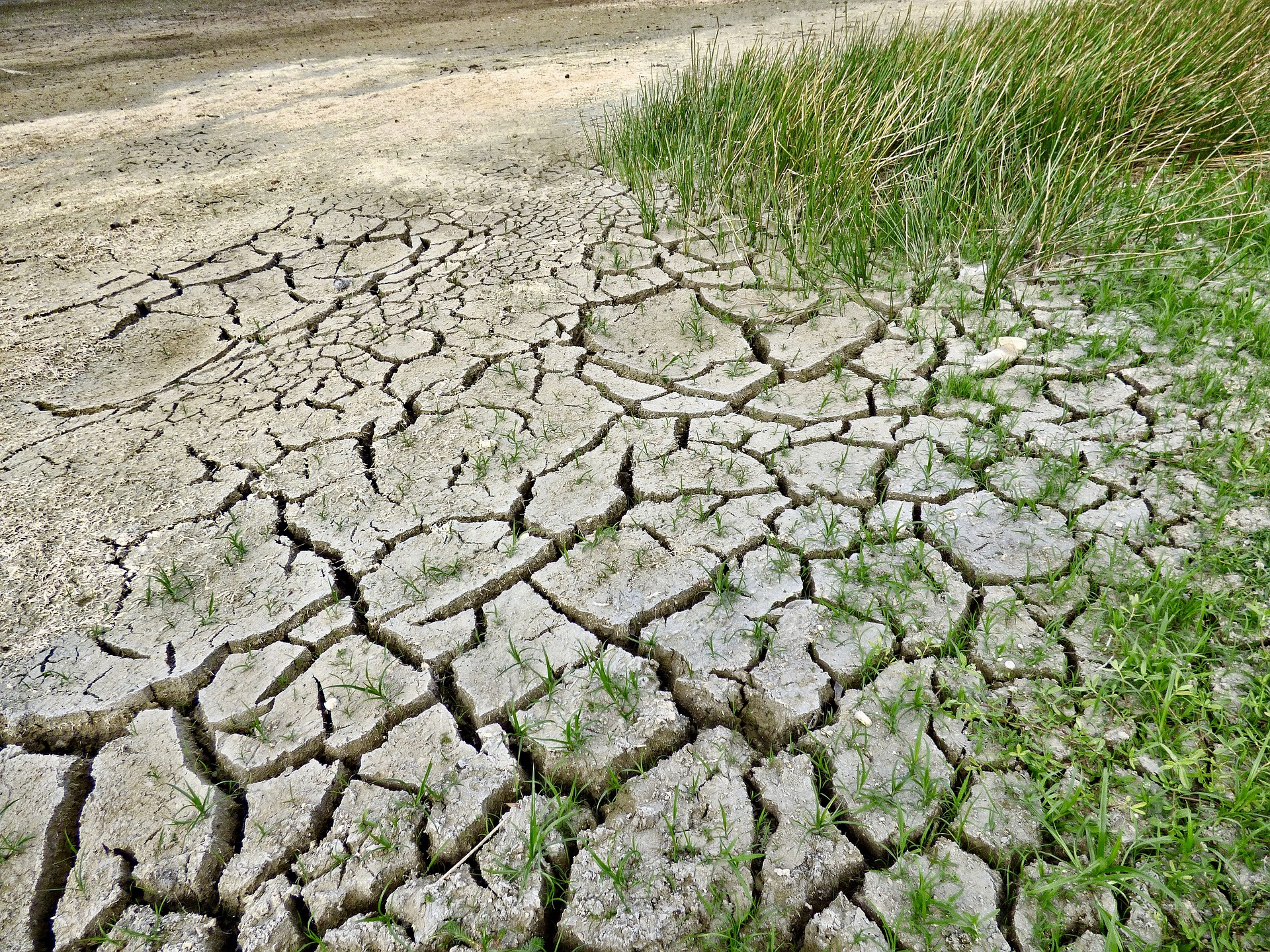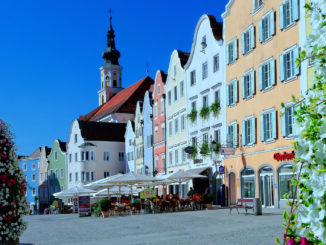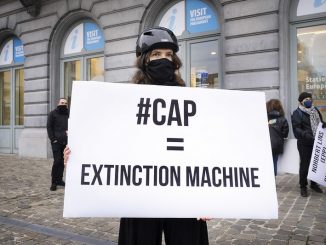
By Joost de Jong in the Netherlands
CAP supposedly is climate ambitious, but it fails to really deliver. So what could be done differently?
With the presentation of the CAP proposals for the period 2021-2027 then Commissioner Hogan raised expectations that 40 % of the CAP budget should be used for climate policy. This 40% commitment is not legally binding, but appears in the preamble to the draft Strategic Plan Regulation (Recital 52) which notes that “Actions under the CAP are expected to contribute 40% of the overall financial envelope of the CAP to climate objectives”
Experience from the current period makes us reluctant to be enthusiastic about the expectations. In 2013 the Commission proposed a greening of the CAP. In reality greening has been substantially weakened by the Agricultural ministers after the decisions of the MFF, and later on by the Member States. There is extensive evidence of the failings of greening, see further reading at the end of this article for some examples.
Moreover, there are several reasons to expect that the current climate ambitions of the CAP will not be realised:
1. There are no financial targets for the Member States (MS) to spend CAP money for climate policy. It has to be raised compared with the current period, but it’s not clear by how much.
2. Ecoschemes are compulsory for MS, but are optional for farmers. So there is no guarantee that ecochemes will be used.
3. The methodology of the Commission with the climate markers is not scientific based and rather ‘wishful thinking’.
Over the past years this methodology has been criticized in different studies by the European Court of Auditors (ECA) more than once (2), The IEEP (3) and by Professor Alan Matthews.
• The Commission applies with climate markers: 100% for a measure where climate is the explicit objective; 40% when a measure has some climate benefits and 0 % when there is no climate benefit. It is hard to understand why payments to a maize farmer growing maize silage for animal feed using conventional chemicals and fertilisers are assumed to contribute to climate action with 40% coefficient.
• There is an overestimate of the climate benefits of the CAP direct payments. For the period 2013-2020 20 % of the budget would be used for climate. In reality this turned out to be a big over estimation. The Commission has based the current estimation of 40% of the methodology of the past. A scientific evaluation of the climate markers and the CAP in the current period has not been done. There is no clear explanation that due to the future conditionality requirements the direct payments 40 % of the budget should contribute to climate ambitions. Most requirements of conditionality are related to European Directives and provide no additional benefit for climate. The requirement for peat areas and wetlands is a climate positive, but then it should be clear what appropriate measures will be taken.
How to make CAP really work for Climate
Basic income support should only be paid for farmers participating in ecoschemes with a real contribution for climate benefits. As the ECA put it: “a more reliable way to estimate the contribution would be to use this weighting only for direct payment support for areas where farmers actually apply practices to mitigate climate change (for example, protecting wetland and peatland).”
Or as Alan Matthews put it: “Where a measure is expected to have a climate impact, ideally, the expected impact should be specified and, where possible, quantified. Quantification is more relevant to measures that address mitigation rather than adaptation, though even here it can be difficult ex ante to assess likely mitigation impacts and even more difficult to measure whether these impacts have been achieved ex post. Nonetheless, Member States in preparing their own climate action plans will need to show how they intend to achieve the mitigation targets set out in their National Energy and Climate Plans. Quantifying the mitigation effect of individual CAP measures will be an important element in this.”
One possible approach would be to try to quantify the climate impacts of the enhanced conditionality requirements for a sample of sites covering different farming systems, soil types and climate zones across the EU. For mitigation reductions, these could be valued at a specific cost of carbon (say, €35/tonne which might be increased over time in line with changes in the cost of allowances in the Emissions Trading Scheme).
It is also the case that rural development payments provide opportunities for investments with climate benefits. The National Strategic Plans should be assessed on these benefits. A decrease of the budget for the rural development pillar will also decrease the opportunities for climate relevant investments.
It is also recommend that we avoid CAP payments that lead to negative climate impacts, whether these be coupled livestock payments or investment supports for unsustainable irrigation practices. In 2019, “the annual monetary allocation (of coupled support) has been, and remained after this review, around EUR 4.2 billion per year, which represents a little above 10% of the direct payments budget (EU28)” Such payments frustrate a transition to a more plant protein production, while boosting methane emissions.
More on CAP, climate and ecological focus areas
Commission’s Dodgy Calculations Improve CAP’s Climate Impact
Reviewing Ecological Focus Areas: A Cross Pollination of Ideas





